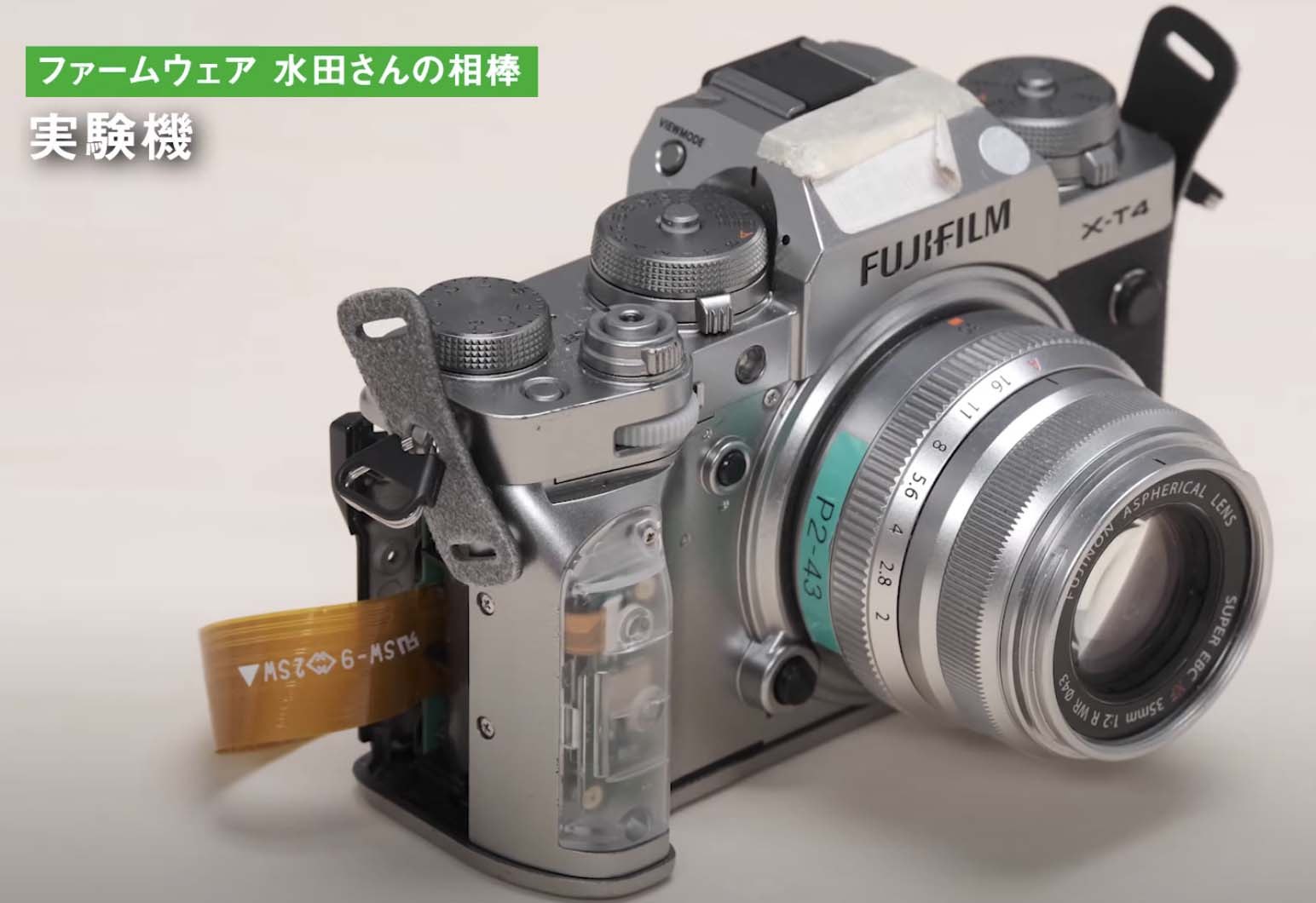Fujifilm gathered together people with a hardware and software background to have a discussion about Fujifilm cameras for their first episode of X Lab. Below is a summary of the translated video:
- Fujifilm had to slow down the X-T3 AF speed a little in development
- There were plans to return improve it to where they wanted it to be
- It could have been better but they had to wait because there were others things to do
- Fujifilm X-T4 represents the speed they hoped for
- Sometimes they are constrained by release dates because they can only do so much work
- It might take 5 years to reach your ideal performance
- So development of the product could be finished, but it might take 5 years to make the firmware perfect and that might be too long to wait
- Not really an issue with hardware development, but thermal can be an issue
- ACROS isn’t a typical filter it takes the actual noise of the CMOS sensor to make grain like film grain
- Monochrome isn’t enough professionals wanted ACROS
- ACROS shows more differentiation in the underlying color than Monochrome
- Fujifilm is known for firmware updates they even update old models when needed
- Sometimes these improvements affect AF or add film simulations to make the older models better
- Fujifilm’s newest cameras are their focus when they write firmware, but they pass down what they can to older models, but it takes some work since there are small changes
- People paid a lot of money for their cameras so they want to use it for a long time and to know the performance will be there and Fujifilm
- Many think that since the sensor and the processor are the same it is cut and past, but the firmware does take some work for each model
- Fujifilm has to port the firmware to work on other models
- The camera that has been on the desk for the past 2 episodes is an experimental X-T4 camera that is used for testing through trial and error
- Cameras have become very responsive so shutter lag is not a problem, but having the AF move quickly enough can be
- The large sensor in the GFX has a nice look to its bokeh thanks to its big sensor
- The depth of its color is like whiskey
- Fujifilm understands what the customers like about the richness of GFX color and hope to bring it to more customers
I am trying a few translation apps on these videos now and it’s interesting that some make their discussions a bit inappropriate for a western crowd. There are certainly a few interesting points in this video like the close-up look at the experimental X-T4, that looks like it belongs in a cyberpunk world, used for testing which you can see below.
Follow Fujiaddict on Facebook, Twitter, Instagram, and YouTube

